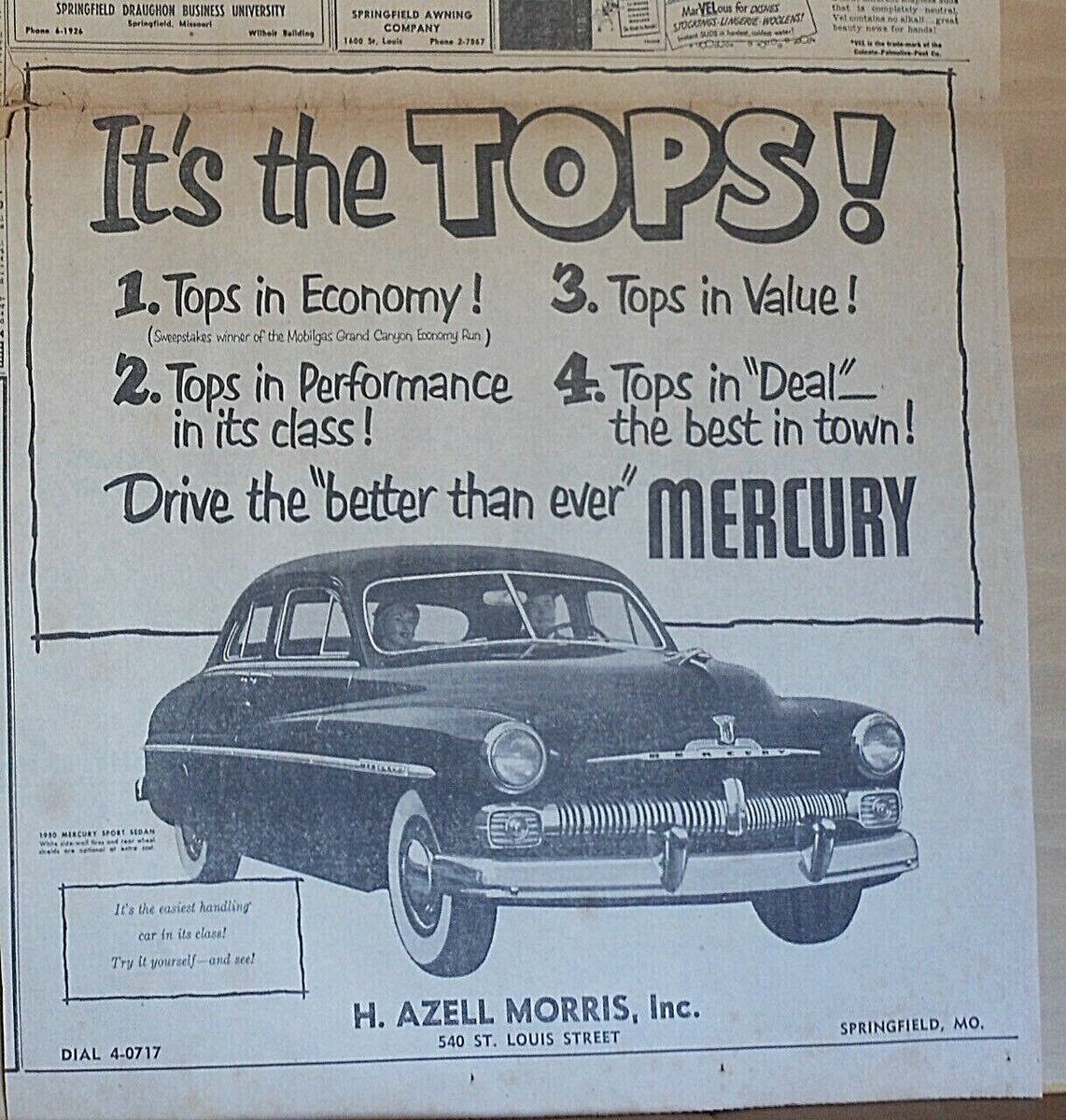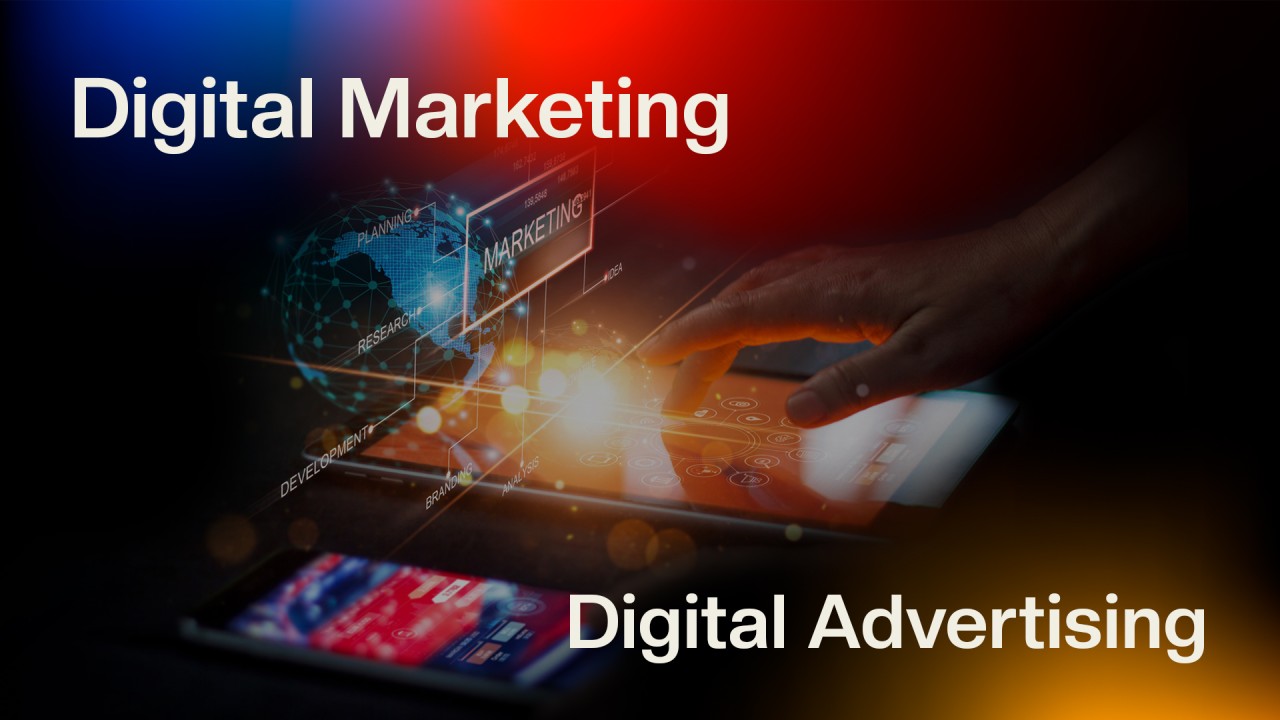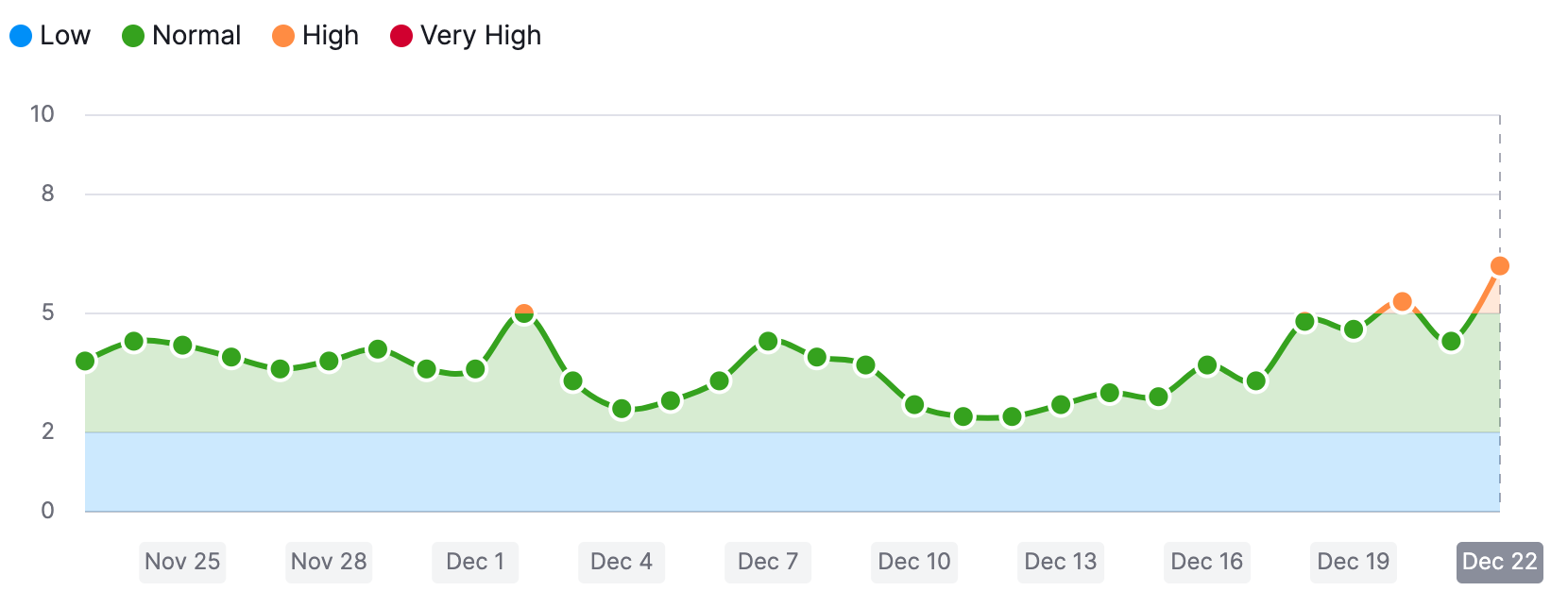
Digital Marketing vs Classic Marketing
Marketing is an essential aspect of any business, playing a crucial role in attracting customers, building brand awareness, and driving sales. Over the years, the rise of digital technology has introduced new marketing avenues, leading to a dynamic interplay between digital marketing and classic (traditional) marketing. Understanding the strengths and weaknesses of both approaches is key to crafting an effective marketing strategy that leverages the best of both worlds.
Reach and Accessibility
One of the primary distinctions between digital and classic marketing lies in their reach and accessibility. Digital marketing utilizes the internet and electronic devices to connect with audiences. Platforms such as social media, email, search engines, and websites allow businesses to reach a global audience instantaneously. This broad reach is particularly advantageous for small and medium-sized enterprises (SMEs) looking to expand their market presence without substantial investments. Additionally, digital marketing offers accessibility around the clock, enabling businesses to engage with customers at any time.
Classic marketing, which includes methods like print ads, billboards, television, and radio, traditionally targets a more localized audience. These channels can be highly effective in reaching specific demographics within a geographic area. For example, a local newspaper ad or a billboard in a high-traffic area can directly target the local community. However, classic marketing often comes with higher costs and limited reach compared to its digital counterpart.
Cost and Efficiency
Cost efficiency is another significant factor that differentiates digital marketing from classic marketing. Digital marketing campaigns can be more cost-effective due to lower production and distribution costs. Businesses can create and share content on social media platforms for free or at a minimal cost, and paid digital advertising often operates on a pay-per-click (PPC) or cost-per-impression (CPI) basis, allowing for precise budget control. Additionally, digital marketing tools offer real-time analytics, enabling businesses to track the performance of their campaigns and adjust strategies promptly for better results.
In contrast, classic marketing typically requires substantial upfront investment. Producing a television commercial, for example, involves costs related to production, airtime, and often high advertising fees. Print ads, billboards, and direct mail campaigns also incur significant expenses for design, printing, and distribution. While these methods can yield impactful results, especially for established brands, the costs and inefficiencies associated with tracking and measuring return on investment (ROI) can be a disadvantage for smaller businesses with limited marketing budgets.
Engagement and Interaction
Digital marketing excels in fostering engagement and interaction between businesses and their customers. Social media platforms, in particular, provide opportunities for two-way communication, allowing businesses to engage with their audience through comments, messages, and real-time feedback. This level of interaction builds stronger relationships and brand loyalty, as businesses can respond directly to customer inquiries, address concerns, and receive immediate feedback on their products and services.
Classic marketing, while effective in creating brand awareness, often lacks the interactive element. Television and radio ads, print media, and billboards primarily serve as one-way communication channels, delivering messages to the audience without facilitating direct interaction. This can make it challenging to gauge customer reactions and adapt marketing strategies accordingly. However, classic marketing can still be powerful in creating memorable brand impressions and reaching audiences who may not be as active online.
Personalization and Targeting
Personalization and precise targeting are areas where digital marketing has a distinct advantage. Advanced data analytics and algorithms enable businesses to segment their audience based on various criteria, such as demographics, interests, behavior, and purchasing history. This allows for highly targeted and personalized marketing campaigns, ensuring that the right message reaches the right people at the right time. Personalized email campaigns, retargeted ads, and tailored content are examples of how digital marketing leverages data to enhance customer engagement and conversion rates.
Classic marketing, on the other hand, offers limited options for personalization and targeting. While it can target broad demographic segments through strategic placement, such as specific magazines or radio stations that cater to a particular audience, the level of precision and customization is significantly lower. Despite this limitation, classic marketing methods can still be effective in reaching a diverse audience and building brand recognition on a large scale.
Both digital and classic marketing have unique strengths and challenges, and the choice between the two depends on various factors, including budget, target audience, and marketing objectives. Digital marketing offers broad reach, cost efficiency, engagement, and precise targeting, making it an essential component of modern marketing strategies. Classic marketing, with its ability to create impactful brand impressions and reach localized audiences, remains relevant and valuable, especially for established brands and certain industries.
The most effective marketing strategies often combine elements of both digital and classic marketing, leveraging the strengths of each to create a comprehensive and cohesive approach. By understanding the differences and synergies between these two methods, businesses can craft marketing campaigns that maximize their reach, engagement, and ROI, ultimately driving growth and success in today’s competitive market.



